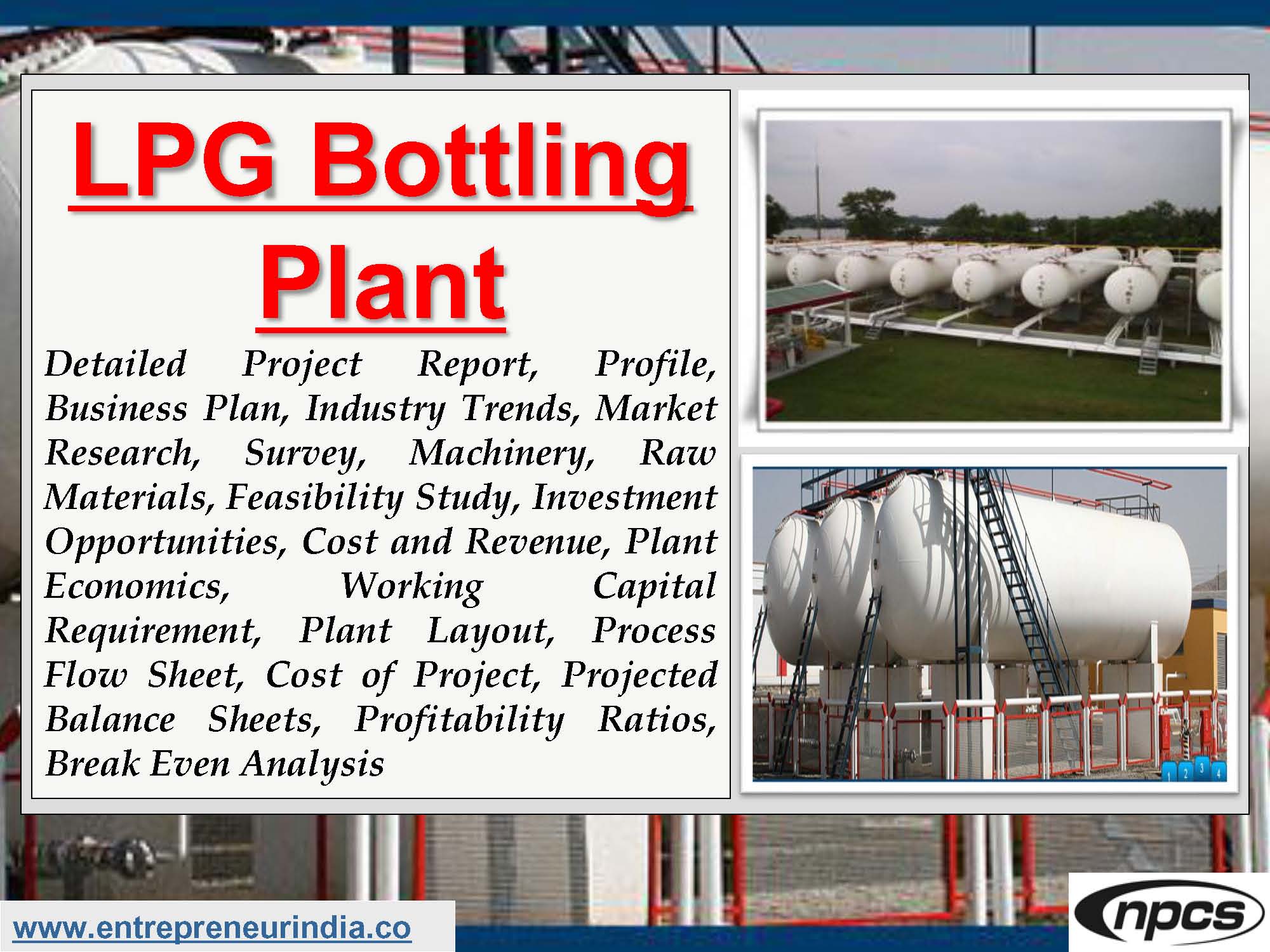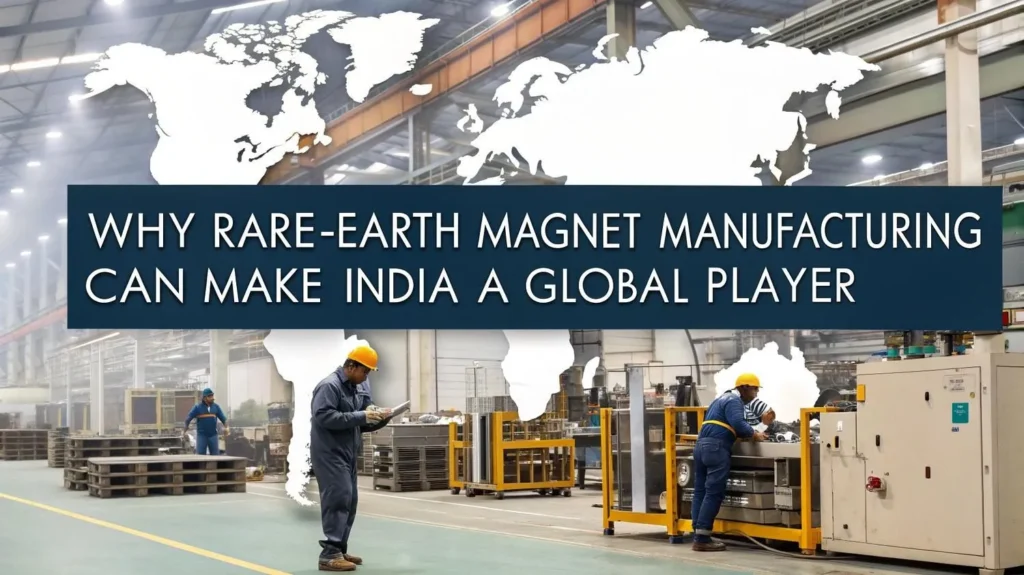
Liquefied Petroleum Gas (LPG) is one of the most widely used fuels in both domestic and industrial sectors. With the rise in urbanization, clean energy demand, and rural household LPG penetration, the requirement for refilling and bottling infrastructure is increasing rapidly. As a result, setting up an LPG Bottling Plant presents a lucrative business opportunity. It supports the energy supply chain while offering high volume turnover, strong margins, and long-term viability. Moreover, with support from government schemes and energy policies, entrepreneurs can participate in this vital segment of the petroleum industry.
LPG Bottling Plant Setup | Project Report & Business Plan
An LPG Bottling Plant involves the transfer of LPG in bulk from tankers to cylinders of different capacities through a controlled, safe, and certified bottling process. Establishing such a plant demands regulatory approvals, robust infrastructure, safety systems, and a solid business plan.
Read Also :Quartz Slabs Manufacturing Business
Market Scope and Industry Potential
The demand for bottled LPG is growing due to its clean-burning nature and versatility in cooking, heating, and light industrial applications. Key growth drivers include:
-
Expansion of Ujjwala Yojana and household LPG connections
-
Increased demand from hotels, restaurants, and food industries
-
Use in rural and peri-urban areas without piped gas supply
-
Demand from commercial kitchens and small-scale industries
Moreover, setting up a strategically located LPG Bottling Plant can serve as a hub for multiple distribution points and franchise dealers, improving logistics efficiency.
Site Selection and Infrastructure
The location of your LPG Bottling Plant should meet the following criteria:
-
At least 1–2 acres of industrial land
-
Good road connectivity for bulk tanker access
-
Minimum safe distance from residential zones
-
Access to power and water supply
-
Compliance with zoning and explosive act regulations
The basic infrastructure includes:
-
LPG storage bullets (above-ground or mounded)
-
Cylinder filling carousels or filling stations
-
Weighing and leak testing machines
-
Firefighting system and gas detection sensors
-
Valve and seal fixing stations
-
Cylinder storage yard (filled and empty segregation)
-
Administrative office, security cabin, and control room
Moreover, designing the plant layout as per PESO (Petroleum & Explosives Safety Organization) standards is mandatory.
Licensing and Regulatory Compliance
Operating an LPG Bottling Plant involves strict regulatory compliance. Key licenses and permissions include:
-
PESO license for storage and bottling
-
NOC from the Chief Controller of Explosives
-
Environmental Clearance from State Pollution Control Board
-
Factory license and approval from District Industries Center (DIC)
-
Fire safety approval from local authorities
-
PESO-approved equipment and pipeline layout
Moreover, maintaining documentation such as Standard Operating Procedures (SOPs), safety manuals, and inspection records is critical for audits and renewals.
Plant Setup: Equipment and Technology
To set up a fully operational LPG Bottling Plant, you’ll need the following key equipment:
-
LPG storage vessels (capacities vary by scale)
-
LPG transfer pumps and compressors
-
Filling carousels (automatic or semi-automatic)
-
Digital weighing scales and leak detection systems
-
Valve fixing and capping units
-
Chain conveyors and hoists
-
Fire suppression system and hydrants
-
CCTV, access control, and alarm systems
Moreover, integrating SCADA or automation software allows real-time monitoring, safety alerts, and production tracking.
Safety Protocols and Training
Safety is the top priority in any LPG-related business. Your plant must follow best practices such as:
-
Hazardous area classification and flameproof fittings
-
Routine pressure testing of cylinders
-
Emergency response plans (ERP) and mock drills
-
Personal protective equipment (PPE) for staff
-
Employee training in fire control, first aid, and LPG handling
Moreover, installing lightning arresters, gas leakage alarms, and wind direction indicators enhances plant safety and regulatory compliance.
DPR (Detailed Project Report) Highlights
A well-prepared project report is essential for obtaining loans, government permissions, and attracting investors. A DPR for an LPG Bottling Plant should include:
-
Executive summary and promoter background
-
Market study and demand assessment
-
Land and infrastructure details
-
Machinery and technology overview
-
Utility requirements (electricity, water, air)
-
Safety and environmental plan
-
Financial estimates (CAPEX, OPEX, working capital)
-
Profitability analysis and break-even point
-
Risk and contingency planning
Moreover, attaching engineering drawings, vendor quotations, and PESO layout approvals strengthens your DPR.
Business Plan and Revenue Model
A typical LPG Bottling Plant earns revenue through:
-
Cylinder refilling charges (per kg or per cylinder)
-
Bulk LPG sales to commercial users
-
Franchise or distributor commissions
-
Cylinder testing and maintenance fees
You can choose to operate as:
-
A third-party bottler for oil companies (PSU or private)
-
An independent bottler with your own distribution channel
-
A franchisee or joint venture partner of existing brands
Moreover, expanding services to include valve testing, cylinder recertification, and logistics improves business sustainability.
Workforce and Operations
For smooth operations, your plant requires:
-
Trained plant manager and safety officer
-
Filling operators and supervisors
-
Quality control and leak testing personnel
-
Security and housekeeping staff
-
Accounts and administrative team
Moreover, operating in multiple shifts ensures higher output and faster turnaround for dealers.
Marketing and Distribution
While the LPG industry is largely B2B, you can focus your marketing efforts on:
-
Partnering with regional distributors or dealers
-
Collaborating with industries, hotels, and hospitals
-
Offering fast refill services and doorstep delivery options
-
Participating in energy expos and industrial trade fairs
-
Digital promotions and bulk order incentives
Moreover, highlighting safety compliance and faster logistics gives your brand a competitive edge.
See Also :How to Start Rajnigandha Oil Extraction Unit
Conclusion
Establishing an LPG Bottling Plant is a capital-intensive but high-reward venture. It serves a critical link in the country’s energy infrastructure and offers steady demand from domestic and commercial segments. With the right location, regulatory clearances, safety measures, and business strategy, you can build a profitable and compliant LPG bottling unit. Moreover, as clean energy becomes a national priority, investing in such projects aligns with long-term sustainability and national development goals.





